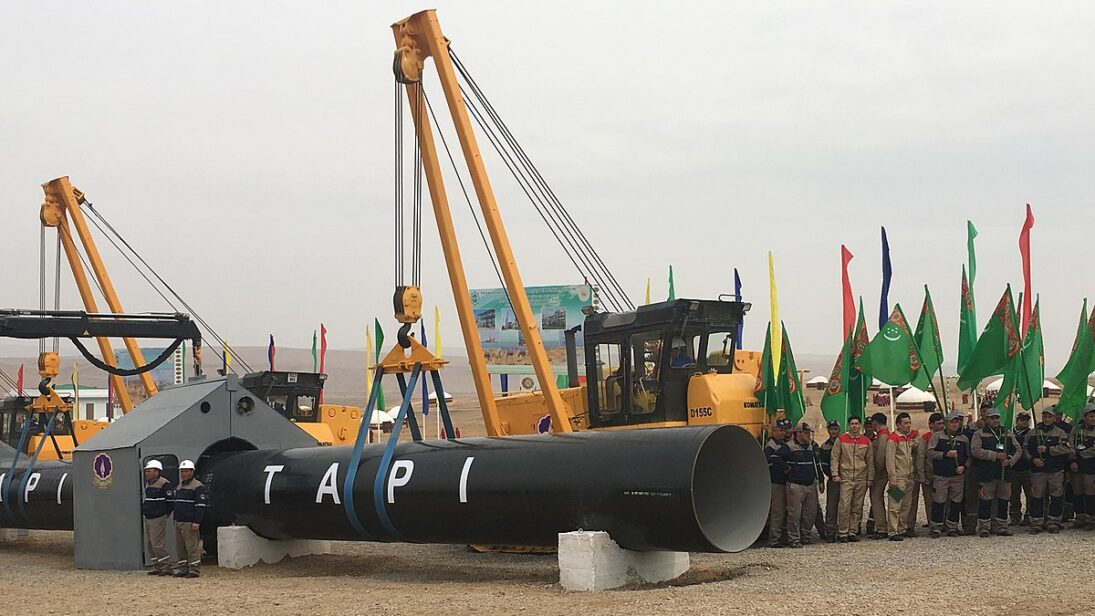
Charting Afghanistan’s Economic Future: Recommendations for Reform
08 September 2025 |
Hamayun Khan
The United Nations recently warned that a funding shortfall could severely impede humanitarian aid to millions of Afghans. Yet donors have provided only 6 percent of the requested humanitarian funding for Afghanistan for 2024, with the UN securing only USD $290 million out of the required USD $3.06 billion. Indrika Ratwatte, Afghanistan’s humanitarian coordinator, emphasized the need for increased financial support from the international community, citing this critical funding gap. Meanwhile, Afghanistan’s economy is at a critical juncture, as the World Bank estimates indicate that the country’s real GDP growth has declined by 26 percent. Afghanistan’s economy is predicted to further stagnate until the end of 2025. Fluctuating export figures are also impediments to the country’s economic stability. For instance, 2023 saw a 34 percent increase in the overall merchandise trade imbalance, going up from USD $4.4 billion in 2022 to USD $5.9 billion in 2023. Half of Afghanistan’s population is already living in poverty, with 15 million out of a total population of 42.80 million facing food insecurity. Kanni Wignaraja, Director of United Nations Development Program (UNDP)’s Regional Bureau for Asia and the Pacific, noted that 69 percent of Afghans are struggling with poverty exacerbated by continuous natural disasters, further setting back development efforts. These challenges underscore the need for financial reforms, making it critical for the Taliban regime to prioritize infrastructure investments, while diversifying trade partnerships, and empowering small and medium enterprises, as crucial pathways to sustainable economic growth. Addressing these priorities and fostering international cooperation are essential to unlocking Afghanistan’s economic potential and overcoming developmental obstacles.


